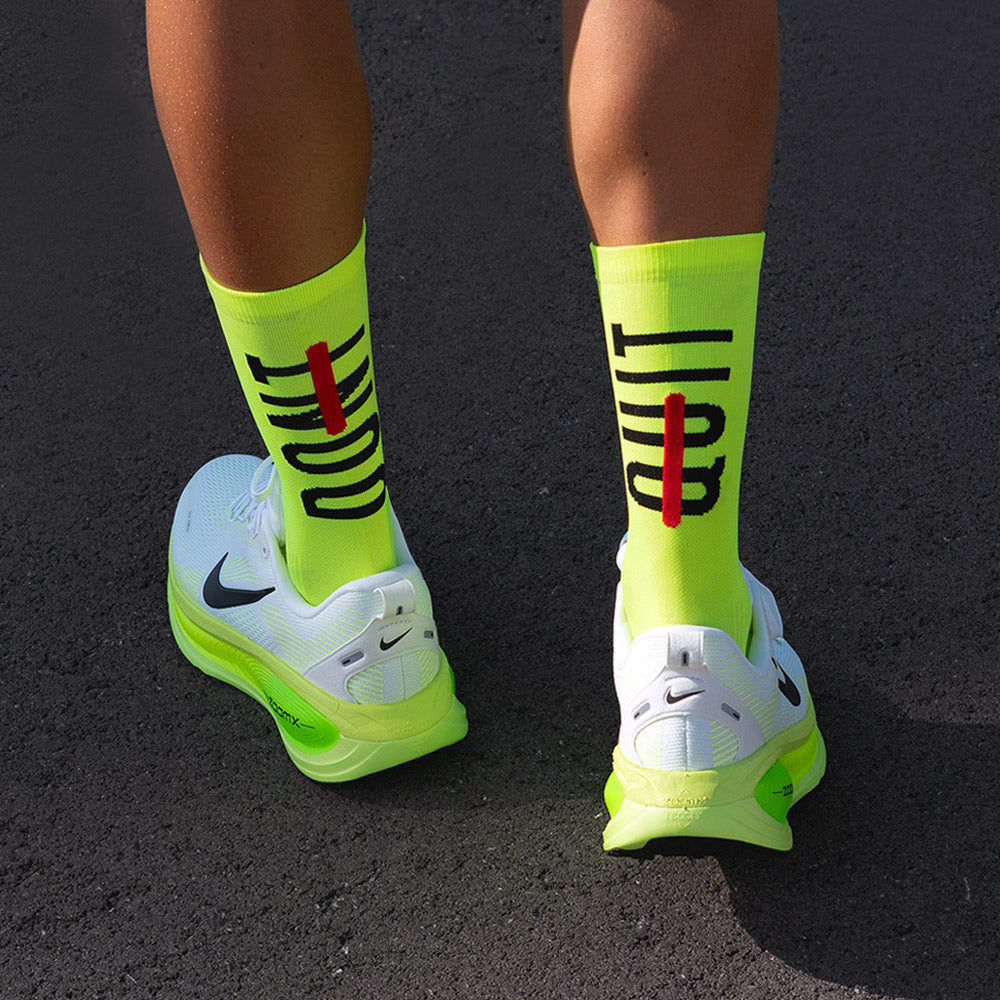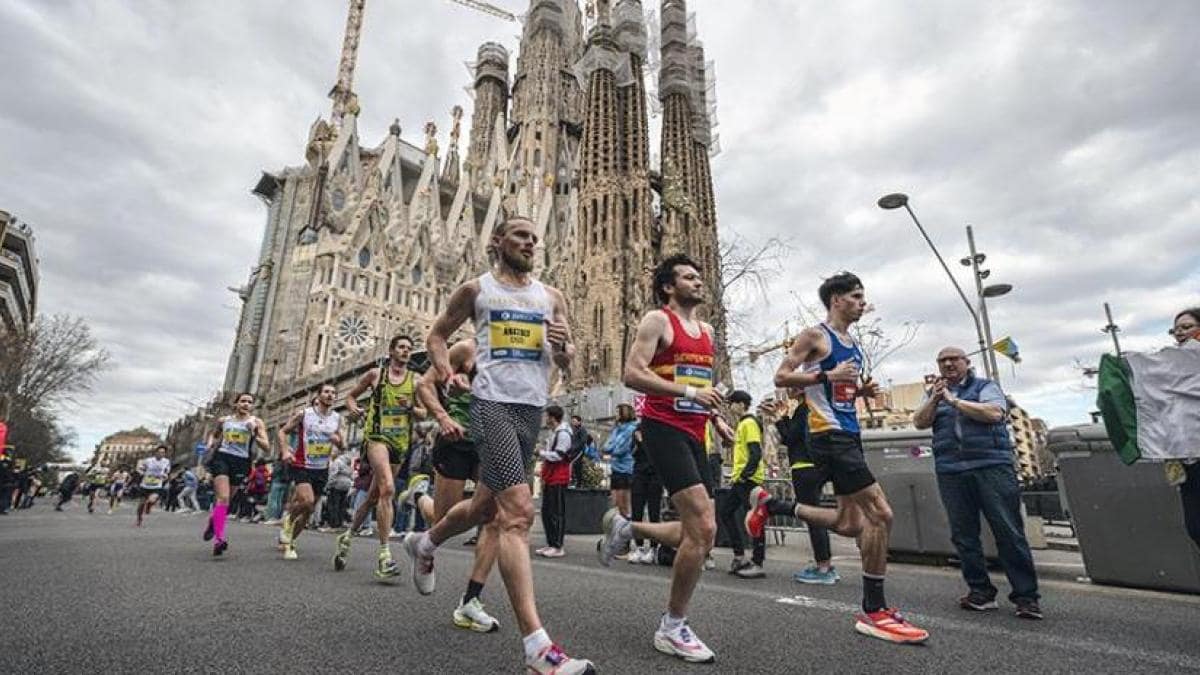Article: Which running socks to buy: a quick guide

Which running socks to buy: a quick guide
Choose your running socks well
Helpful summary: Look for a sock that's soft and breezy: graduated compression that supports without constricting, reinforcements where needed, and ventilation that adjusts to the weather. From there, you choose based on your goal (sets/10K/long run) and temperature.
A “well-made” sock prevents problems
Blisters appear due to repeated shear forces on the skin: the tissue fatigues, a cavity forms, and fluid appears. The fit, materials, and reinforcement placement are important.
Moisture increases friction and the risk of blisters; technical fibers wick away sweat better than cotton, improving the microclimate inside the shoe (less moisture = less friction). Textile literature reports real differences in moisture management and breathability between fibers.
What a “no-show” running sock should look like
• Gradual compression: fixes the sock, does not strangle.
• Technical reinforcement: heel, toe and metatarsus.
• Second-skin fit: zero wrinkles, zero slippage.
• Mesh (or not) on the instep depending on the temperature.

Choose by objective and climate (quick table)
Recommendations for Pacific and Co. socks
|
Aim |
Temperature |
Recommended structure |
Socks |
|
Series / Rhythms (short) |
Warm |
Fine with mesh on the instep |
FOREVER RUN · PACER · GOOD VIBES ·FASTER |
|
10K–20K (all-terrain) |
Warm |
Standard |
|
|
10K–20K (all-terrain) |
Cold |
Standard without grille |
|
|
Long runs / Half-marathon |
Any |
Advanced structure (worked supports) |
Quick check before buying (30 seconds)
• Second-skin fit (wrinkle-free).
• Gradual compression: holds, not squeezes.
• Reinforcements in heel, toe and metatarsal (no free padding).
• Mesh if you're running in the heat; without mesh if it's cold.
• Does it stay in place when you jog? (If not, discard it.)
And what about “compression” to perform better?
Current evidence indicates that compression garments do not significantly improve running performance (times/ VO₂ ). Their value lies more in subjective comfort/stability and post-exertion recovery, with modest effects on pain/perception. That's why our claim is fit and support (no bunching or strangulation), not "magical performance."
Quick questions
Cotton yes or no?
For running, technical fibers are better: they manage moisture better than cotton, reducing chafing and the risk of blisters.
More thickness = more protection?
Only where it touches: heel, toe, metatarsal. A uniform thickness can create more heat and friction.
Short or medium sock?
The mid-cut offers better protection for the Achilles tendon and prevents chafing with the upper; this depends on the model and your skin type.
Why do blisters sometimes appear even when wearing good socks?
Because shear, moisture, fit, and training volume all play a role. Also adjust the shoe's lacing and shape.


